¿Cómo Cuidar las Hostas? Tipos, Colores y Necesidades de los Lirios de Cola de Plátano
La hosta, también conocida como lirio de plátano, es una planta muy popular que suele crecer en los jardines de la gente. Se caracteriza por su gran resistencia a las bajas temperaturas y a las plagas. Tampoco necesita muchos cuidados. Lo único que hay que recordar en cuanto a esta planta es el riego regular. ¿Se pregunta cuál es el mejor lugar y suelo para cultivar un lirio de plátano? Compruebe lo que debe saber.
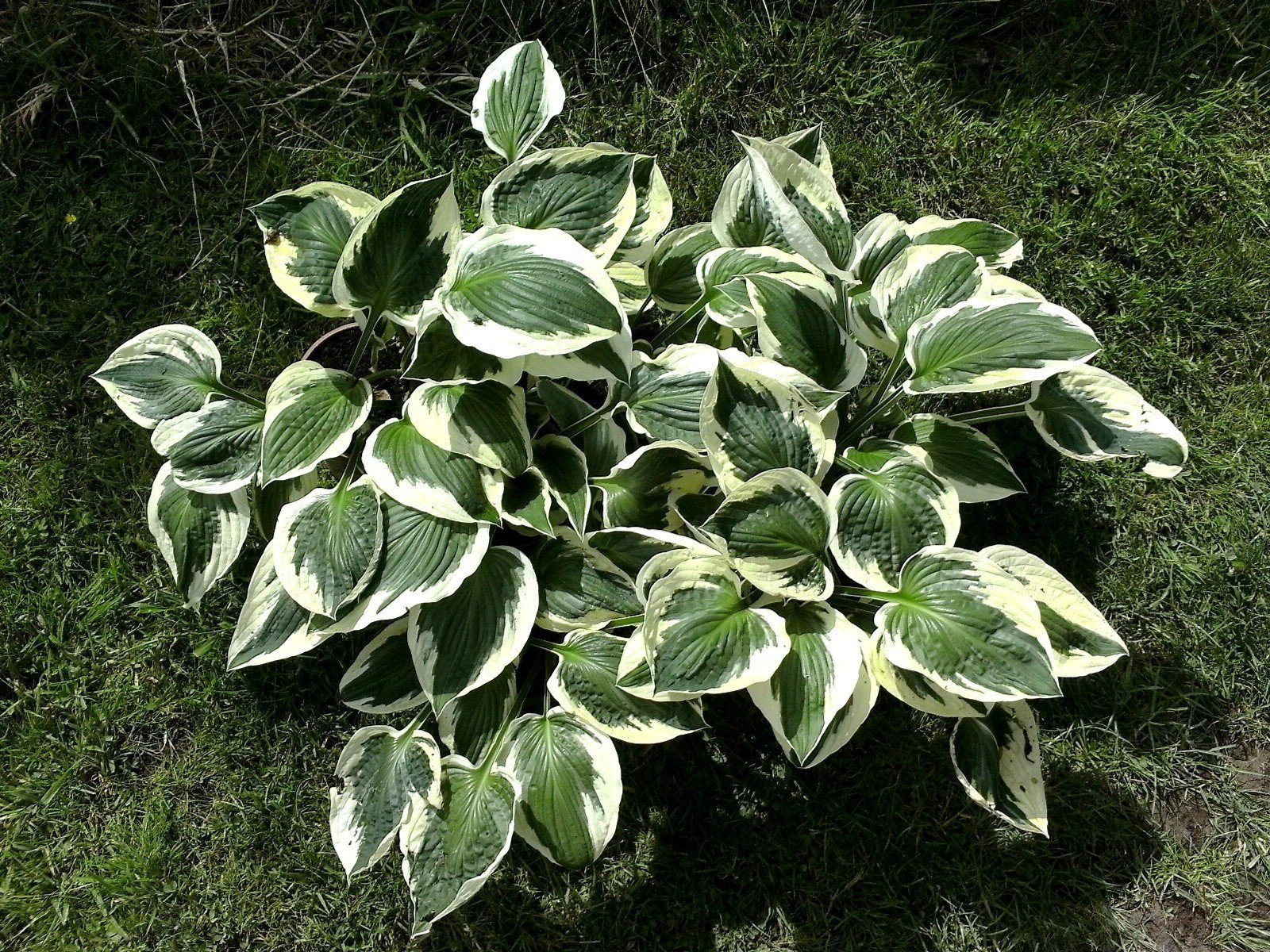
Hosta - ¿qué tipo de planta es?
La Hosta, o lirio de plátano, es una popular planta de exterior que pertenece al grupo de las Asparagaceae. En condiciones naturales, esta planta crece en Asia. Es la más común en China y Japón. En estas partes del mundo, tiene un aspecto un poco diferente de las plantas conocidas en otros lugares. Pero todos los tipos y variedades de hosta son similares en cuanto a su aspecto general.
La hosta tiene hojas decorativas. Normalmente, son de color verde intenso con bordes blancos. Pero, dependiendo de la variedad, difieren entre sí. Algunos jardineros cultivan tipos muy interesantes de lirios de plátano que tienen los siguientes colores:
- azul-verde,
- azul-gris,
- amarillo.

Los tipos de hostas más populares
La hostas es una planta de muchas variedades que crecen en todo el mundo. Se calcula que hay unos 1000 tipos de hostas. Por supuesto, la mayoría de ellas crecen en Asia, pero muchas otras hostas aparecen también en otros continentes.
Los especialistas clasifican las hostas principalmente según el color de sus hojas. Cada uno de estos subgrupos contiene algunas variedades muy interesantes.
Entre las hostas con un borde claro en las hojas se encuentran:
- Hosta ‘Golden Tiara’
- Hosta fortunei ‘Marginata alba’
- Hosta ondulada ‘Albomarginata’.

Lirios de hoja amarilla populares:
- Hosta ‘Piedmont Gold’
- Hosta “Sun Power” (poder del sol)
- Hosta ‘Sum and Substance’ (suma y sustancia)
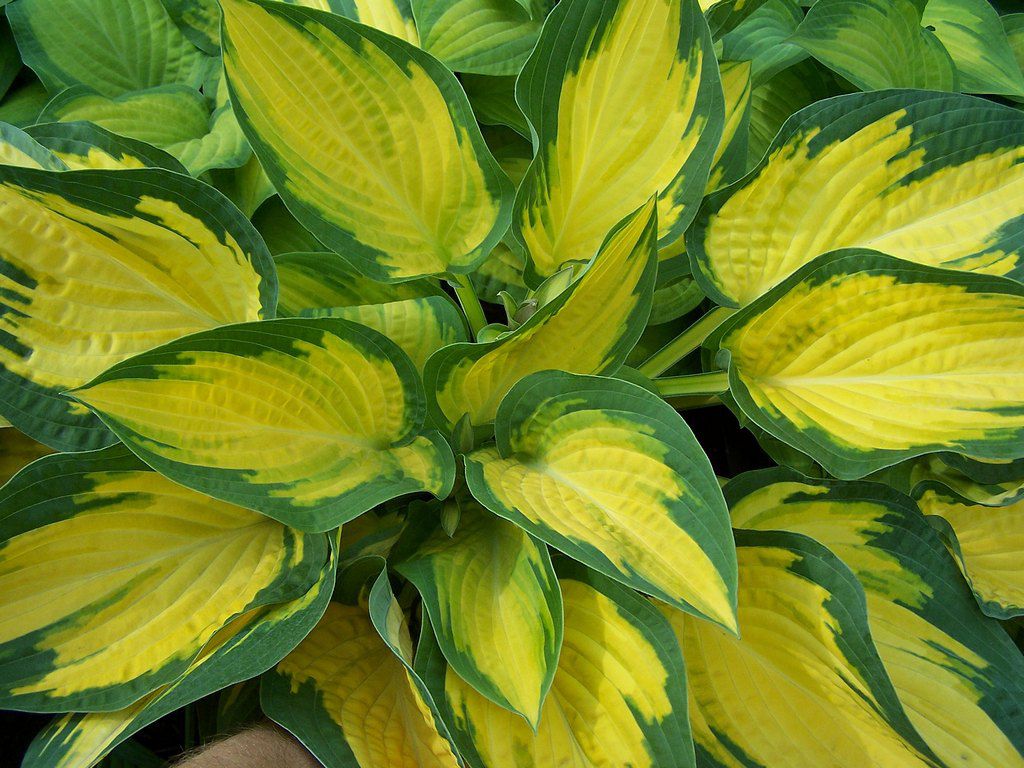
Las hostas con hojas azules poco comunes son las siguientes:
- Hosta seboldiana ‘Elegans’
- Hosta nigrescens ‘Pacific Blue Edger’
- Hosta seboldiana ‘Tall boy’ (chico alto)
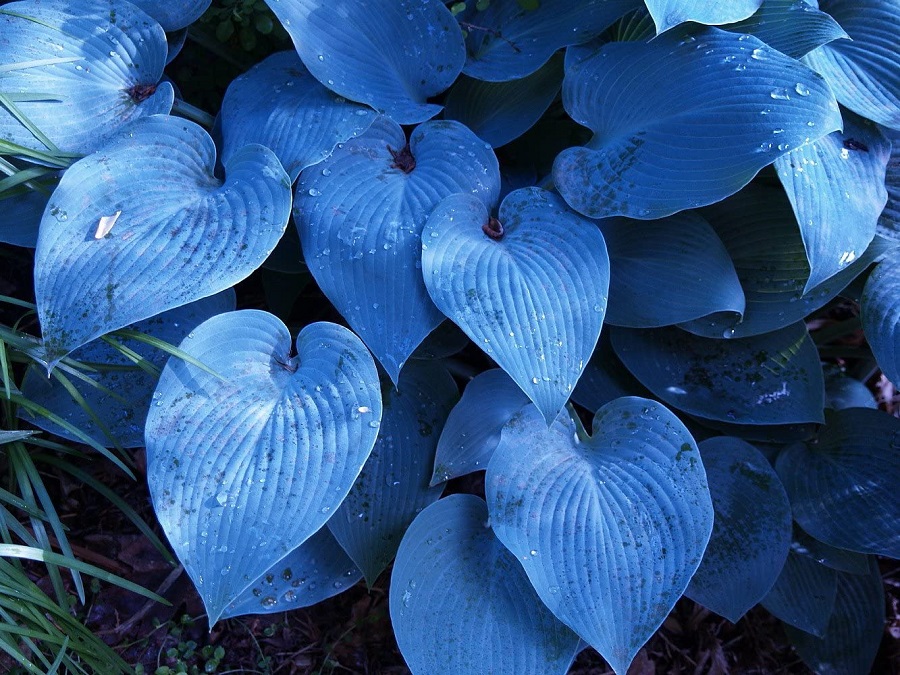
Tenga en cuenta que, además de las clasificaciones mencionadas, los lirios de plátano también pueden dividirse según su tamaño. Las variedades cultivadas en jardines incluyen hostas pequeñas, medianas, grandes y enormes. Las más pequeñas no superan los 40 cm. Las más grandes pueden alcanzar incluso más de un metro.
¿Cuál es el mejor lugar para que crezca una hosta?
Aunque el lirio de plátano tiene muchas variedades, la mayoría de ellas prefieren condiciones de cultivo similares, o incluso las mismas. El mejor lugar para estas plantas es la media sombra. Una hosta no puede estar expuesta a la luz solar directa. Los rayos del sol pueden alcanzarla, pero sólo si se dispersan.
¿Cuál es el mejor suelo para una hosta?
El suelo para la hosta debe ser fértil: rinde mejor en esas condiciones. El suelo también debe ser permeable y ácido - el nivel de pH entre 5,5 y 6,5. El nivel de humedad es un aspecto crucial. Si el suelo está demasiado seco, el crecimiento de la planta se detiene. Las hojas pueden secarse. Si esto ocurre, la planta necesita ser nutrida y regenerada.
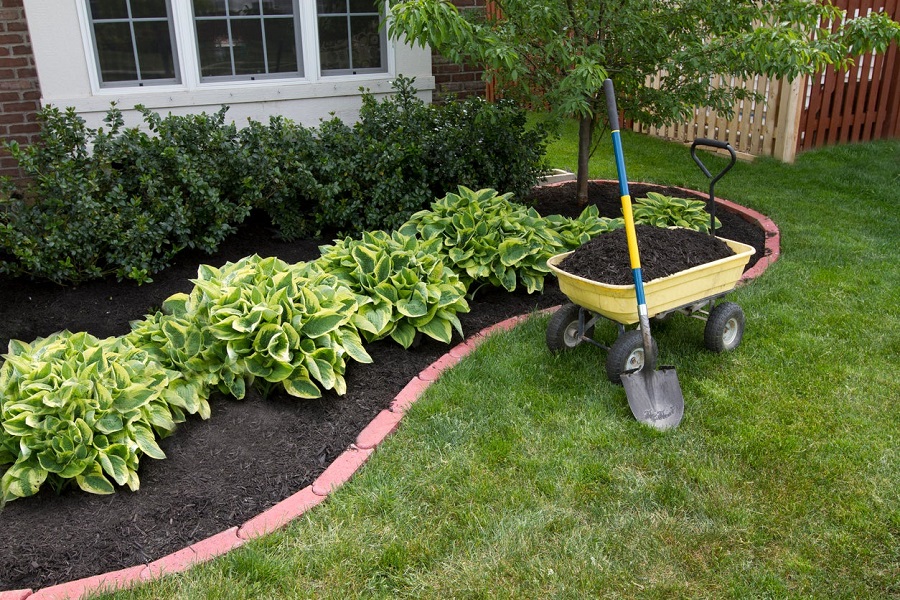
¿Cómo plantar hostas?
Puede combinar la plantación de hostas con otras actividades de jardinería. La planta crecerá igual de bien tanto si se planta en primavera como en otoño. Sólo tienes que asegurarte de preparar el suelo. Hazlo:
- escarificar,
- fertilizar.
Puedes plantar lirios de plátano en esa tierra preparada - recuerda lo de mantener la distancia con otras plantas. En este caso, depende mucho de la variedad que hayas elegido. Si se trata de una hosta pequeña, basta con una distancia de 30-35 cm. Si se trata de un lirio de plátano enorme, puede ser necesaria una distancia de incluso 60-70 cm, para que la planta tenga espacio suficiente para desarrollarse.
El acolchado es un paso importante después de plantar una hosta. Gracias a él, la planta puede retener el nivel adecuado de humedad del suelo, lo que conduce a un rápido desarrollo.

Hosta - cuidados básicos de la planta
Los lirios de plátano no son complicados a la hora de cuidarlos. Una sequía es la mayor amenaza para ella, así que asegúrese de recordar el riego frecuente. Un sistema de riego por goteo es una buena solución: distribuye regularmente pequeñas dosis de agua directamente en el sistema radicular de la planta. Es importante, ya que mojar las hojas de una hosta puede provocar muchas enfermedades fúngicas de esta planta.
¿Necesitan las hostas ser abonadas?
Los lirios de plátano no son exigentes en cuanto a la fertilización. Esto significa que puede alimentarlos de vez en cuando - los productos universales son los mejores para este propósito, pero no se exceda. Un exceso de nutrientes es una amenaza mucho mayor para una hosta que la falta de algunos. Abonar una vez cada pocos meses es suficiente.
Lirios de plátano - cuidados de invierno
La mayoría de los tipos de hostas son resistentes a las heladas, lo que significa que pueden soportar las bajas temperaturas o la congelación del suelo. También significa que no necesitan ningún tratamiento especial y que pueden pasar el invierno en el suelo. Las hostas jóvenes son la única excepción: recomendamos asegurarlas antes del invierno utilizando, por ejemplo, agrotextil.
El asunto es un poco diferente si tienes lirios de plátano en maceta en el patio o en el jardín. Son más delicados. Por ello, puedes mantenerlos en el interior en invierno, por ejemplo, en un cuarto de servicio. Si no tiene esa posibilidad, cave la planta en el suelo junto con la maceta y asegúrela.
Hosta: enfermedades y plagas
Las hostas son propensas a enfermedades fúngicas como el moho gris. Puede aparecer en las hojas y los tallos si se mojan durante el riego, con altas temperaturas en el exterior. ¿Qué hacer si aparece? Actuar rápidamente: los productos químicos son los más eficaces.
Otros peligros que pueden amenazar a las hostas son:
Los expertos recomiendan rociar los lirios de plátano como medida preventiva. Gracias a ello, podrá proteger la planta de diversos peligros.
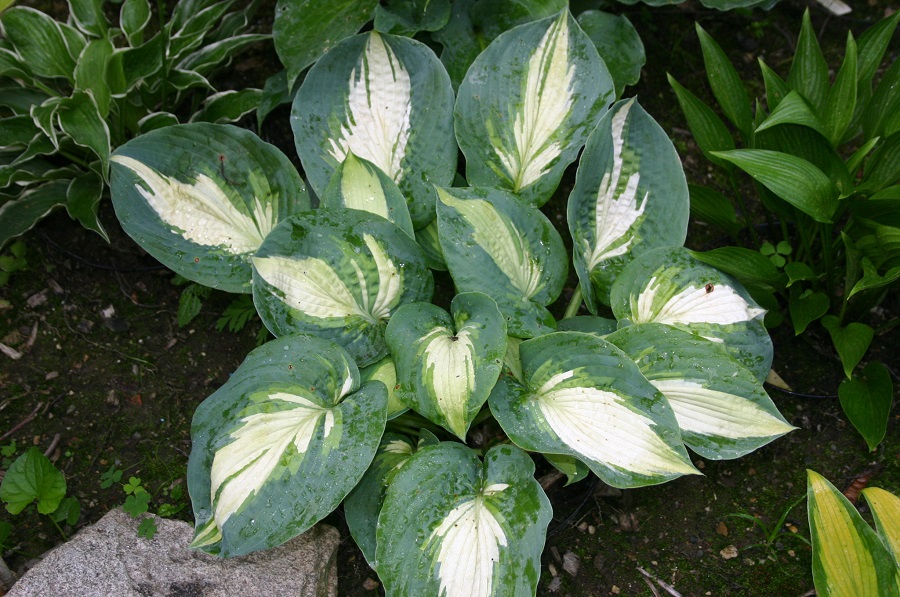
📍 ¿Cuándo plantar hostas?
Las hostas pueden plantarse tanto en primavera como en otoño. Puedes sembrarlas, pero comprar plántulas y plantarlas en el jardín también es una buena opción. Es ideal para los jardineros principiantes.
📍 ¿Cuál es el mejor suelo para los lirios de plátano?
Las hostas necesitan un suelo muy fértil y ácido. Debe estar siempre húmedo. No tienes que preocuparte de abonar la planta. Basta con preparar el suelo antes de plantar.
📍 ¿Cuándo brotan las hostas?
Las hostas suelen brotar a finales de la primavera. Depende mucho del suelo y de las condiciones meteorológicas. Algunas variedades pueden brotar en meses diferentes.
📍 ¿Cuándo trasplantar los lirios de plátano?
El otoño es la mejor época para trasplantar hostas. Si se te ha pasado la fecha, espera hasta la primavera. Cuando la hosta desarrolle nuevas hojas, podrá volver a plantarla.
Artículos destacados




